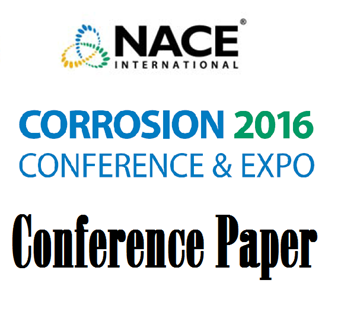Search
Tailoring Chemicals for Continuous Injection Downhole via Capillary Line and “Sensitive” Jewelry
Also Purchased
51316-7115-Risk Assessment And Downhole Chemical Treatment Program For Production Wells Within The Wafra Field
Product Number:
51316-7115-SG
ISBN:
7115 2016 CP
Publication Date:
2016
$20.00
51316-7693-Development of a Corrosion Model for Downhole Applications
Product Number:
51316-7693-SG
ISBN:
7693 2016 CP
Publication Date:
2016
$20.00
51316-7827-Application of a Downhole Corrosion Model
Product Number:
51316-7827-SG
ISBN:
7827 2016 CP
Publication Date:
2016
$20.00




